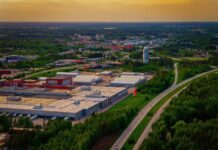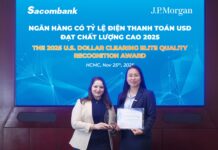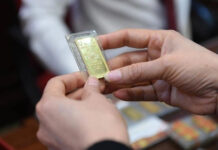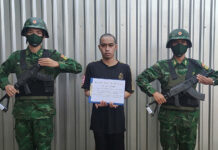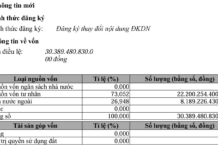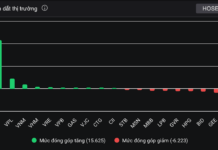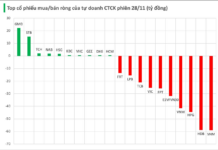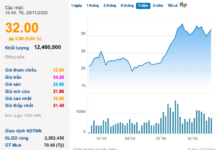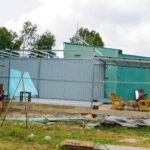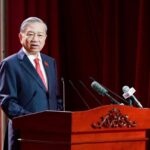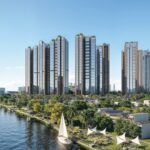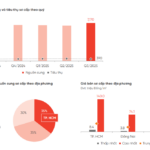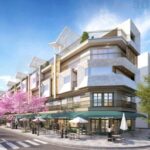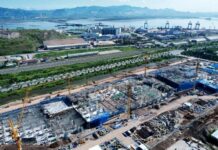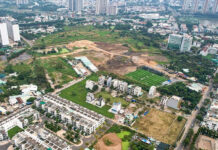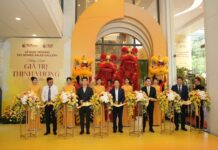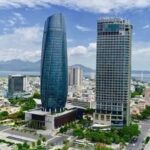This trend is part of a strategic vision aimed at key transportation and infrastructure hubs in Ho Chi Minh City, with the goal of reshaping traffic flow and commerce across the Southern Key Economic Region.
What’s Happening in Ho Chi Minh City’s Real Estate Market?
The Southern real estate market, particularly in Ho Chi Minh City (formerly known as Saigon) and the newly merged provinces of Binh Duong and Ba Ria – Vung Tau, has been attracting a steady influx of investment capital from the North for nearly a year.
According to Savills Vietnam, recent project launches in Ho Chi Minh City, Tay Ninh, and Dong Nai have seen over 20% of successful transactions coming from Northern investors, doubling the figures from previous years.
Commenting on this trend, Ms. Nguyen Thi Mien, Vice Director of the Vietnam Real Estate Research Institute, noted that the sharp rise in property prices in the North during 2023–2024 and the limited new supply are driving investors toward areas like the expanded Ho Chi Minh City, which includes the former Ho Chi Minh City, Binh Duong, and Ba Ria – Vung Tau. These areas boast large land reserves, improving transportation infrastructure, and favorable legal frameworks.
In terms of infrastructure, the Ho Chi Minh City government’s commitment to redefining key development zones such as the Eastern, Southern, Northwestern, and Western regions is unlocking new growth opportunities.
The Ring Road 3 project, expected to be completed by Q2/2026, will directly connect the Southern region with Dong Nai, Binh Duong, and Long An, enhancing trade, industrial, and logistics capabilities.
Additionally, the Ben Luc – Long Thanh Expressway is being expedited for completion between 2025–2026. Once operational, it will significantly reduce travel time from Nha Be and Binh Chanh to Dong Nai and Ba Ria – Vung Tau.
Meanwhile, Metro Line 4 (Thanh Xuan – Hiep Phuoc) is set to traverse major roads like Pasteur, Nguyen Thai Hoc, and Nguyen Huu Tho, linking Southern Ho Chi Minh City with the city center and northern districts.
Against this backdrop, Ms. Mien believes Northern investors, experienced in riding investment waves in emerging infrastructure hubs, are keen on acquiring properties in suburban or peri-central areas, especially in projects with strong price appreciation potential.
Apartment units, despite lower profit margins, remain popular due to their abundant supply and diverse pricing, making them a preferred choice in a market with limited investment options.
Furthermore, the continuous launch of new projects by reputable developers like Van Phu Real Estate Development JSC is transforming the urban landscape of Southern Ho Chi Minh City and boosting investor confidence.
Experts highlight the significant housing demand and the steady influx of migrants into Ho Chi Minh City, making residential development an urgent priority.
The administrative boundary merger, which expands the land reserve, is also creating a powerful synergy.
Van Phu’s Strategic Moves
As part of its 2023-2032 strategy announced in 2023, Van Phu has been focusing on four key projects for the 2025-2030 period, leveraging the government’s efforts to resolve legal hurdles. These projects include: Nha Be (Le Van Luong – Nguyen Huu Tho Road, Nha Be District, Ho Chi Minh City), covering 30 hectares with an investment of VND 5,000 billion; Tan Kien (former Binh Chanh District, at the intersection of National Highway 1A and Vo Van Kiet Avenue, Tan Nhut Commune, Ho Chi Minh City), spanning 9.2 hectares with an investment of VND 12,000 billion; Vung Tau (Phuoc Thang Ward, Ho Chi Minh City), covering 42.4 hectares with an investment of VND 15,000 billion; and the Nhon Trach Eco-Urban Area in Dong Nai, spanning 120 hectares with an investment of VND 20,000 billion. All are strategically located.
Additionally, the BT Saigon project, connecting Pham Van Dong Road to the Go Dua – National Highway 1 intersection in Thu Duc (formerly), developed by Van Phu’s subsidiary Bac Ai, has overcome legal obstacles. This unlocks opportunities to develop counter-land funds in central Ho Chi Minh City, including sites like 132 Dao Duy Tu (former District 10), 582 Kinh Duong Vuong (former Binh Tan District), 129 Le Van Duyet (former Binh Thanh District), and 234 Ly Tu Trong (former District 1), with expected allocations in 2025 and 2026.
Alongside upcoming projects, the company has completed M&A procedures for a 9,000 sqm project in Phu Nhuan Ward (former District 7) in Q1/2025, currently under construction. The project features two 30-story towers with 602 residential units and 136 commercial units, set to launch in Q1/2026.
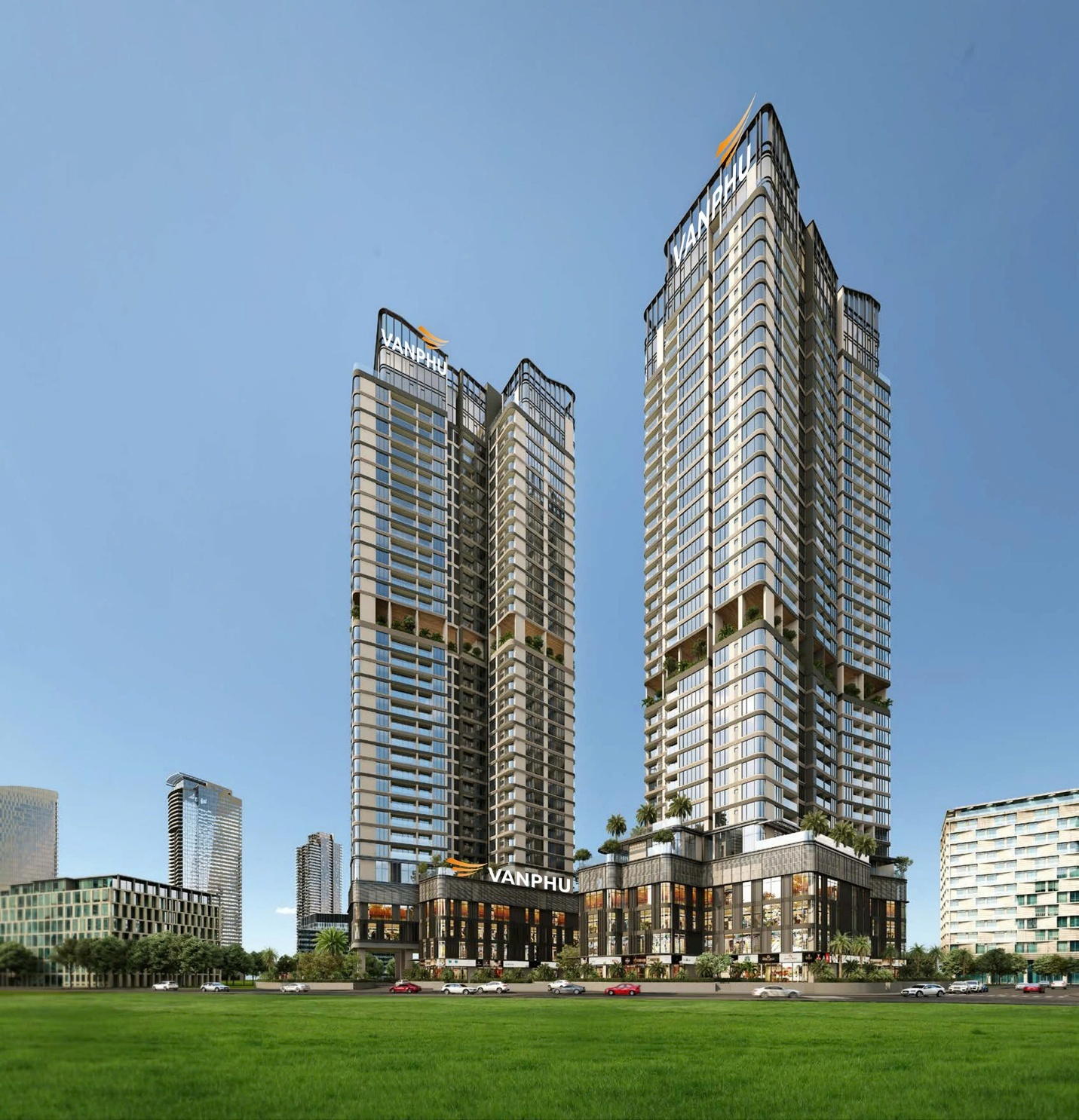
Rendering of the Van Phu project in Phu Nhuan Ward (former District 7)
Thanks to its prime location in Southern Ho Chi Minh City, an area undergoing rapid transformation due to numerous inter-regional transportation projects, and its advantage as one of the few projects offering units in the city by 2026, this development is expected to attract significant interest from both end-users and investors.
Guided by the philosophy of “human-centric living”—prioritizing safety and sustainability—Van Phu’s projects in Ho Chi Minh City aim to create livable spaces that fulfill the happiness aspirations of every family. The company’s experts seamlessly integrate natural elements into each living space, emphasizing balance and harmony in feng shui, to ensure a peaceful life for residents.
This approach gives the company’s leadership confidence in expanding its market share in the key Ho Chi Minh City market with a unique and sustainable strategy, particularly in the Southern region.
Ho Chi Minh City Faces Challenges in Addressing Construction Violations
Discontinuing essential services like electricity and water is a highly effective measure to immediately halt unauthorized construction activities that lack legal grounds.
Unexpected Shifts in the Land Market of Ho Chi Minh City, Tay Ninh, and Dong Nai
According to DKRA Consulting’s report, land consumption in the Southern region during Q3/2025 remained at a notably low level, accounting for only about 5% of the total primary supply. Additionally, primary sale prices showed minimal fluctuation compared to the previous quarter.





